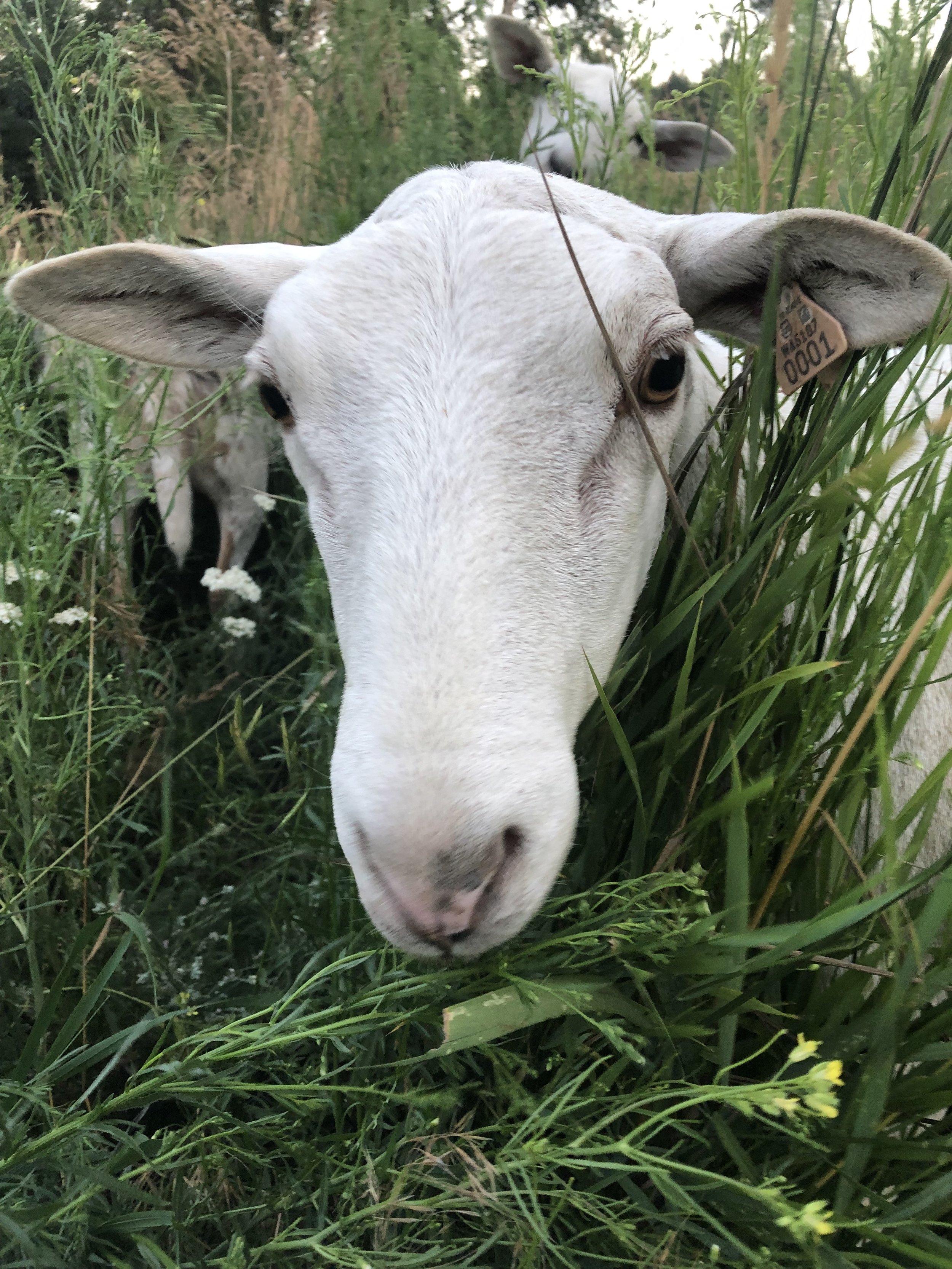Why Sheep?
The region of Northeast Washington state is decidedly cattle country. According to USDA statistics, there are 6 times the amount of cattle in Stevens County as compared to the next largest group of livestock which are sheep. At one point in time though, the number of sheep to cattle were probably a lot closer. A long time resident mentioned that sheep would roam freely among the mountains back in the day. It is unfortunate that sheep production will probably never reach the level of success as cattle have for many reasons, some that are ill deserved and others that are rightfully so. It amazes me that I meet people in their seventies who tell me that they have never tried lamb before. This month, I make the case for sheep - why we should be raising more of them, why we should be eating more of them, and the shortfalls that sheep producers will have to overcome.
Much of this region in Eastern Washington is rugged terrain. While there is a fair amount of valley bottom ground land and mountain meadows that produces excellent forage, the affordable land is the land that you would have to be crazy to drive a tractor on due to the slope. That degree of slope in turn makes that ground highly erodible by equipment and by a fourteen hundred pound cow. The forested landscape that is on those hills also produces forages of much lower nutritional value and less of it. Weighing in at about 150 pounds, an adult female called an ewe from my flock has the ability to traverse steep terrain with minimal impact and harvest a wide range of forages including weeds and shrubs and convert it to meat. While an individual sheep consumes much less than a cow by weight, its relative intake of food compared to its body weight is much higher, allowing it to be more efficient with feed. Sheep are also much efficient with water as well. As we face a hotter and drier climate, supporting the water requirement of cattle could become more difficult, especially if one does not have access to bodies of water. While it might seem like I am trying to put cattle in a negative light under these circumstance, they absolutely have a place in land management and I do think it is necessary to say so as well. There are times when the impact of a 1400 pound cow is necessary and that extra water consumption lends itself to kickstarting soil biology.
When produced without any grain supplementation, sheep meat can contain an omega 6:3 ratio of .77 to 1, earning the title of land salmon. Having an omega 6:3 ratio is favorable in that the closer the two fatty acids are in the balance to each other, the healthier the food is supposed to be and closer to a diet that humans once had in the past. Besides the health benefits, I am going throw my subjective and completely biased opinion that it just tastes good. There is an extra level of robustness from meat that comes from the branched chained fatty acids. It isn’t a gamey-ness taste, but a refined level of flavor that adds to build next level eating experience. Doesn’t all that make your mouth just water? From a self reliance standpoint, harvesting lamb is a task that most anyone can do with a few basic tools. Harvesting a cow is by no means a managable task that the average home can accomplish.
The uphill climb with sheep to gaining more popularity and acceptance will be a long hard road. The memory for many with eating sheep - whether it be a lamb (sheep 0-12 months old), hogget (12-24 months), or mutton (24 months and older) has often been a negative one. Often characterized by being gamey and tasting like an old candle that leaves grease on the roof of your mouth, the popularity of hair sheep for meat is growing. Much of that is attributed to the lanolin, or greasy wax coating that protects the wool on wool sheep. Luckily, hair sheep like what we raise typically have very little if any wool and do not have issues with lanolin there by making a much more mild flavor meat. Another issue we face is that the price per pound of lamb meat is often more expensive than beef. There is no easy answer for small producers to lower the price per pound of meat and still be profitable. Also, it is not just humans that like to eat sheep, so does almost every other large predator which will wreak havoc on an operation. The last challenge that I am going to discuss is that while other meat industries have come up with marketing slogans that have helped bolster sales, the American lamb and sheep industries' voice has been by and large quiet. Perhaps that is the opportunity though, that small producers can educate the public as to why they should choose lamb as the healthier choice that is the sustainable and regenerative option.
Originally published in the 9/22 Silverado Express
